22 Whole, Unprocessed Foods You Should Definitely Enjoy

Ready to feel energized, satisfied, and confident about what’s on your plate? Whole, unprocessed foods deliver flavor, nutrition, and simplicity without a label you need to decode.
In this list, you’ll find nutrient-dense staples that are easy to love and effortless to use every day. Dive in and discover how these ingredients can transform your meals—and how you feel—starting today.
1. Blueberries
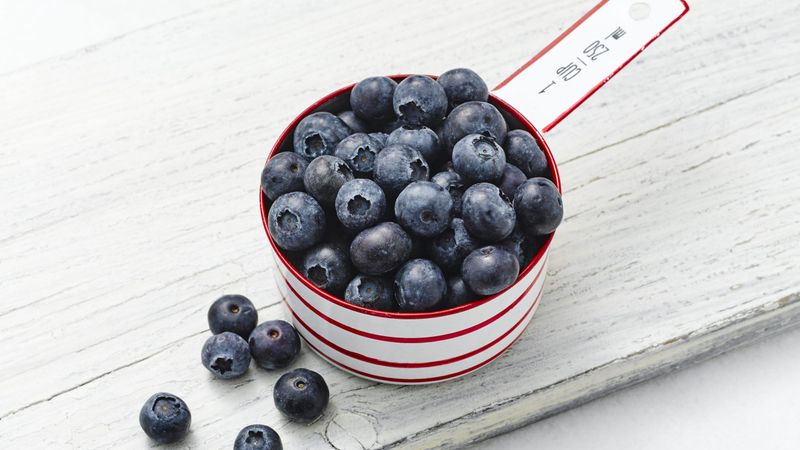
Blueberries are tiny powerhouses of flavor and antioxidants, offering a sweet-tart burst that fits into breakfasts, snacks, and desserts. They’re rich in anthocyanins, which support brain health, and provide fiber for steady energy.
Toss them into oatmeal, swirl with yogurt, or blend into a smoothie for quick nourishment. Fresh or frozen, they retain most nutritional value and are convenient year-round.
Enjoy them alone for a low-calorie treat, or pair with nuts for satiating balance. Their natural sweetness helps curb sugar cravings without processed additives. Keep a bag frozen for easy, colorful additions to pancakes or sauces.
2. Spinach
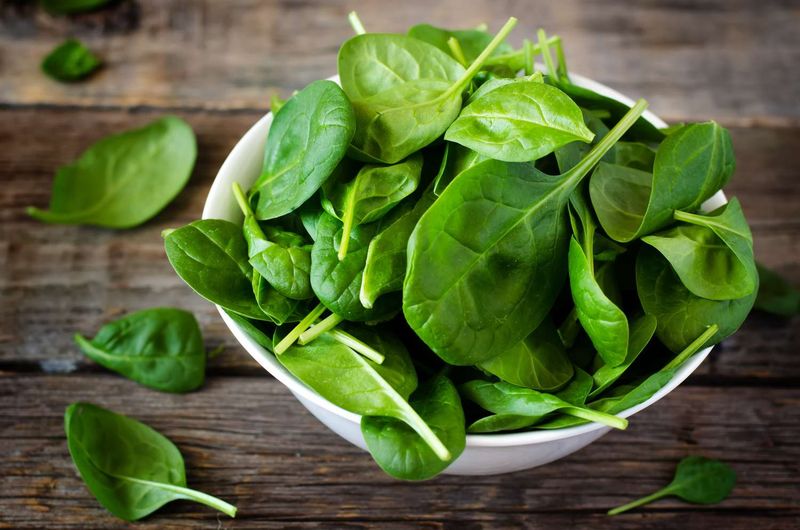
Spinach is a leafy green packed with iron, folate, vitamin K, and magnesium, making it a versatile nutrient staple. Mild flavor and tender texture let it slip into omelets, smoothies, and salads effortlessly.
Lightly sauté with garlic and olive oil to boost absorption of fat-soluble vitamins. Its nitrates may support cardiovascular health and exercise performance. Choose baby spinach for delicate salads or mature leaves for hearty sautés.
Wash thoroughly to remove grit, and store with a paper towel to keep it crisp. Whether raw or cooked, spinach elevates nutrient density without overpowering other ingredients.
3. Salmon (Wild-Caught)

Wild-caught salmon offers high-quality protein and omega-3 fatty acids, which support heart, brain, and joint health. Its rich flavor is satisfying with minimal seasoning—think salt, pepper, and lemon.
Roast, grill, or pan-sear for a quick dinner that pairs with greens or roasted veggies. The pink hue signals its astaxanthin content, an antioxidant with potential anti-inflammatory benefits. Opt for sustainably sourced varieties when possible.
Leftovers flake beautifully into salads or grain bowls the next day. A simple salmon dinner is a reliable way to meet weekly seafood recommendations while enjoying a luxurious yet wholesome meal at home.
4. Oats
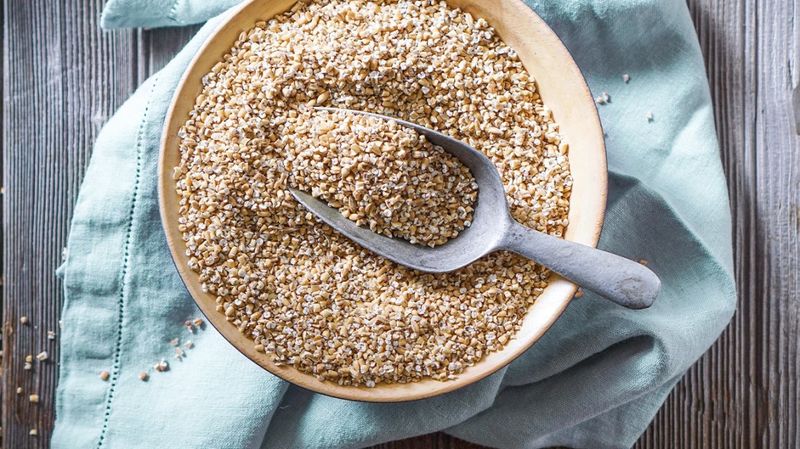
Oats are a hearty whole grain renowned for beta-glucan fiber, which supports healthy cholesterol levels and satiety. They’re budget-friendly, incredibly versatile, and easy to prepare as porridge, overnight oats, or in baking.
Choose steel-cut or old-fashioned for minimal processing and a satisfying chew. Pair with fruit, nuts, and spices for balanced, flavorful breakfasts. Oats also make an excellent base for savory bowls with eggs and vegetables.
Toasting them lightly enhances nuttiness and aroma. Store in an airtight container to preserve freshness. With steady energy and comforting texture, oats simplify healthy eating without sacrificing taste or convenience.
5. Eggs (Pasture-Raised)

Pasture-raised eggs deliver complete protein, choline for brain health, and fat-soluble vitamins in a compact package. Their deep golden yolks reflect nutrient-rich feed and outdoor foraging. Scramble, poach, or bake for quick meals any time of day.
Eggs pair beautifully with vegetables, herbs, and whole grains, making endless combinations possible. Keep a batch of hard-boiled eggs on hand for effortless snacks. They also help emulsify dressings and enrich baked goods naturally.
Choose eggs with minimal packaging and clear sourcing. Versatile, satisfying, and economical, eggs remain a timeless whole-food staple for busy, health-minded kitchens everywhere.
6. Greek Yogurt (Plain)

Plain Greek yogurt offers a creamy texture with higher protein than regular yogurt, supporting satiety and muscle repair. It’s rich in calcium and often contains beneficial probiotics for gut health.
Choose unsweetened varieties to avoid added sugars and customize with fruit, nuts, or spices. Its tangy flavor complements savory dishes, too—think tzatziki, marinades, or dollops on chili.
Use as a substitute for sour cream or mayonnaise to lighten recipes without losing richness. Look for live active cultures and minimal ingredients. With versatility across meals, Greek yogurt earns a steady place in nutrient-dense, whole-food eating patterns.
7. Avocado
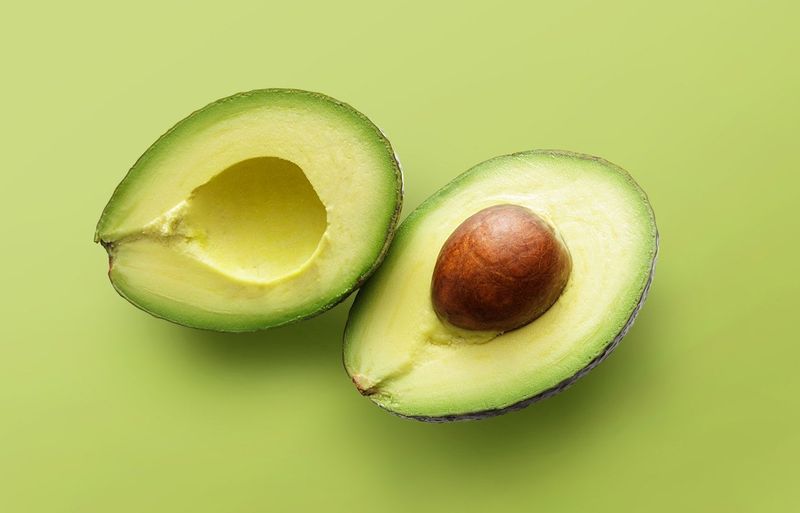
Avocados bring creamy richness and heart-healthy monounsaturated fats to any meal. They’re packed with fiber, potassium, and folate, supporting cardiovascular and metabolic health.
Smash onto whole-grain toast, cube into salads, or blend into smoothies and dressings. A squeeze of citrus and pinch of salt highlights their buttery flavor. The healthy fats enhance absorption of fat-soluble vitamins from vegetables.
Choose avocados that yield slightly to gentle pressure, and ripen on the counter. To store leftovers, keep the pit in and cover tightly to reduce browning. Versatile and satisfying, avocados make nourishing eating feel indulgent.
8. Lentils

Lentils are quick-cooking legumes that deliver plant protein, iron, and plenty of fiber for long-lasting fullness. They adapt to soups, salads, curries, and veggie burgers with ease.
Red lentils break down into a creamy base, while green and brown varieties retain shape for hearty dishes. Their earthy flavor pairs well with cumin, garlic, and tomatoes. Lentils are budget-friendly and store well, making them an ideal pantry staple.
Rinse before cooking and simmer until tender without turning mushy. For extra flavor, cook in broth and finish with olive oil and lemon. Nutritious, convenient, and versatile, lentils are mealtime heroes.
9. Sweet Potatoes

Sweet potatoes deliver natural sweetness, fiber, and beta-carotene, a precursor to vitamin A that supports eye and immune health. Roast them to coax out caramelized edges and a silky interior.
Their versatile flavor takes well to savory spices like chili and cumin or sweet notes of cinnamon and nutmeg. Enjoy as fries, mash, or stuffed boats with beans and greens. They provide steady energy without refined sugars.
Choose firm, smooth skins and store in a cool, dark place. For a quick meal, microwave, split, and top with yogurt and pepitas. Sweet potatoes make nourishing comfort food simple.
10. Almonds
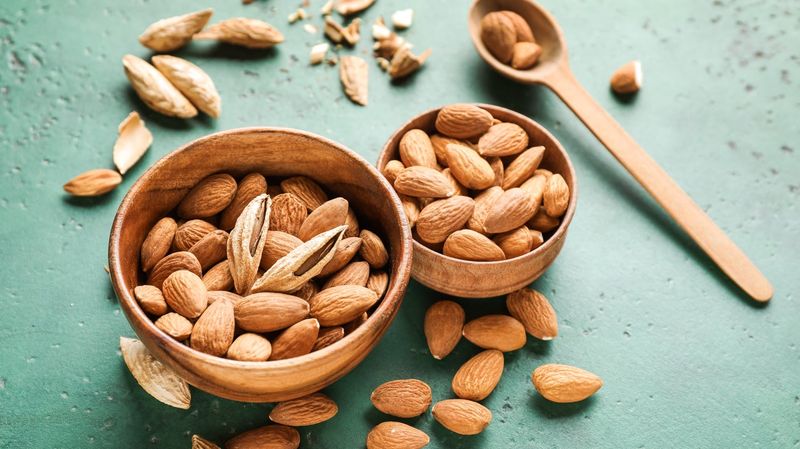
Almonds are crunchy, satisfying nuts rich in vitamin E, magnesium, and heart-friendly fats. A small handful makes a convenient snack that curbs hunger between meals.
Toast lightly to amplify nuttiness, then add to salads, yogurt, or roasted vegetables for texture. Almonds support balanced blood sugar when paired with fruit.
Choose raw or dry-roasted without added oils or sugars. Almond butter is a wholesome spread for apples or whole-grain toast.
Store in the fridge to preserve freshness and prevent rancidity. Whether whole, sliced, or ground, almonds add nutrient density and delightful crunch to everyday eating.
11. Broccoli
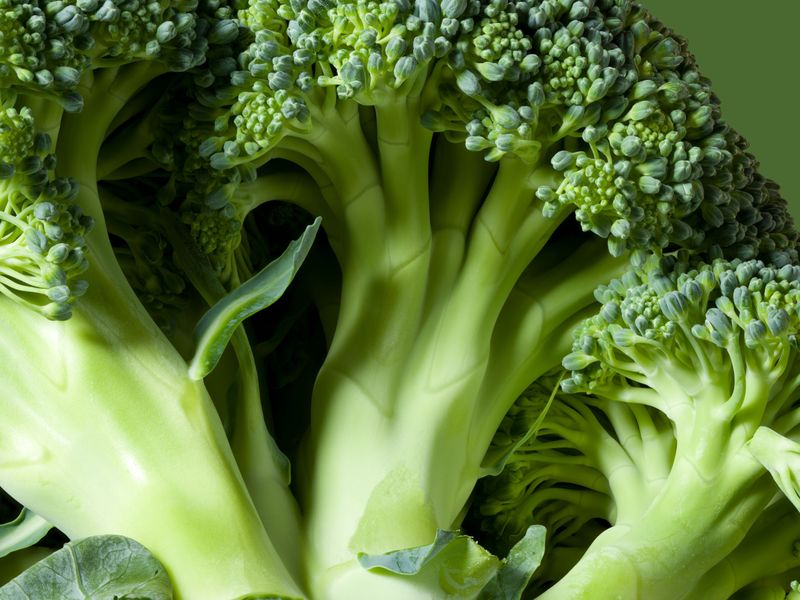
Broccoli offers fiber, vitamin C, and sulforaphane—a compound studied for cellular defense and detox support. Light steaming preserves its bright color and tender-crisp bite while protecting nutrients.
Toss with olive oil, lemon, and red pepper flakes for a simple side. Roast for caramelized edges and deeper flavor. The stems are delicious peeled and sliced into stir-fries or slaws, minimizing waste.
Pair with garlic and ginger for an Asian-inspired twist. Kids may enjoy it with a yogurt-based dip. Broccoli’s versatility and nutrient profile make it a weeknight staple that elevates meals with minimal effort.
12. Quinoa
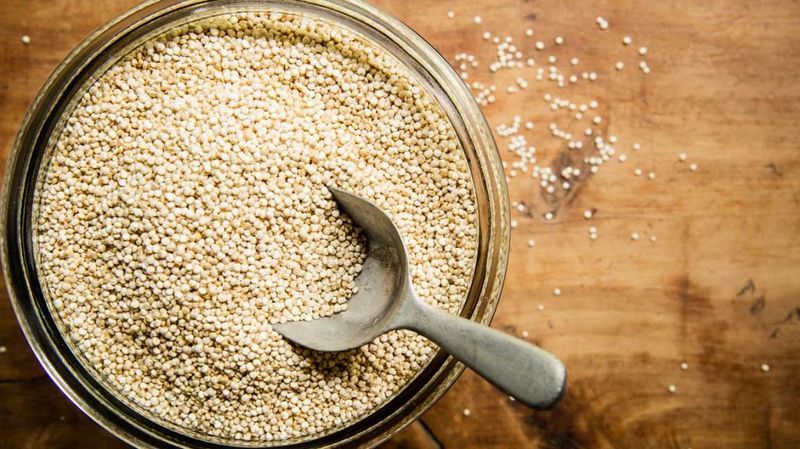
Quinoa is a gluten-free seed that cooks quickly into a light, fluffy base for bowls and salads. It supplies complete protein with all essential amino acids, plus iron and magnesium. Rinse before cooking to remove bitter saponins.
Toast in a dry pan to enhance nutty aroma, then simmer in water or broth. Fold in herbs, lemon, and olive oil for a simple side.
Leftovers keep well for meal prep, ready to absorb dressings and sauces. Versatile across cuisines, quinoa supports satisfying, balanced meals without heaviness. It’s a reliable staple for busy, health-conscious kitchens.
13. Apples
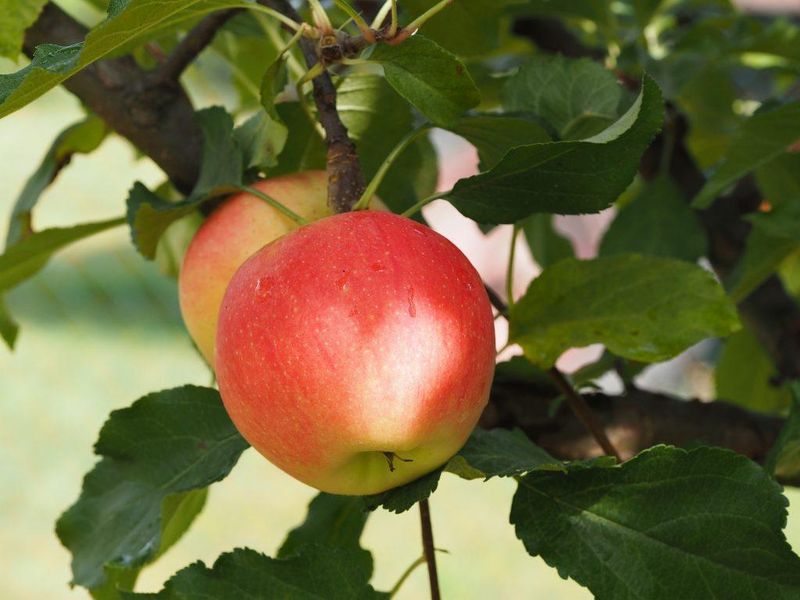
Apples are portable, crisp, and naturally sweet, making them an easy everyday fruit. Their pectin fiber supports gut health and steady blood sugar.
Pair slices with nut butter for a satiating snack that blends carbs, fat, and protein. Bake with cinnamon for a cozy dessert without heavy processing.
Choose firm apples without bruises and store cold for maximum crunch. Varieties like Honeycrisp or Granny Smith change flavor profiles from sweet to tangy.
Add diced apple to salads for juicy brightness. Affordable and familiar, apples anchor wholesome habits with dependable flavor and nutrition.
14. Chickpeas

Chickpeas, or garbanzo beans, are versatile legumes that bring protein, fiber, and a satisfying bite to many dishes. Roast them with spices for a crunchy snack, or simmer into soups and stews.
Mash with tahini and lemon for classic hummus, a creamy dip rich in healthy fats. Their mild flavor welcomes bold seasonings and herbs. Canned chickpeas are convenient; rinse to reduce sodium.
Dried beans offer superior texture and are budget-friendly when cooked in batches. Add to salads, curries, or grain bowls for balance. Chickpeas make plant-forward meals hearty and sustaining without fuss.
15. Kale

Kale is a robust leafy green loaded with vitamin K, vitamin C, and antioxidants. Its sturdy texture shines in sautés, soups, and hearty salads. Massage with olive oil and a pinch of salt to soften raw leaves and mellow bitterness.
Pair with citrus, nuts, and aged cheese for balance. Kale chips baked with olive oil offer a crunchy, whole-food snack. Stems can be chopped finely and cooked to minimize waste.
Rotate with other greens to diversify nutrients. Incorporating kale regularly helps elevate micronutrient intake while adding satisfying substance to everyday meals.
16. Brown Rice

Brown rice retains the bran and germ, delivering fiber, B vitamins, and minerals for sustained energy. Its nutty flavor complements stir-fries, curries, and roasted vegetables.
Rinse before cooking and consider soaking to improve texture and digestibility. Use a 1:1.75 to 1:2 water ratio depending on variety. Cook extra for meal prep and freeze in flat portions for quick weeknight sides.
A drizzle of olive oil and splash of vinegar brightens flavor. Brown rice supports balanced meals without the blood-sugar spikes associated with refined grains. It’s a reliable, budget-friendly staple for diverse cuisines.
17. Tomatoes

Tomatoes are juicy, versatile fruits rich in vitamin C and lycopene, an antioxidant linked to heart health. Cooking with olive oil can enhance lycopene absorption, making sauces and roasts both tasty and beneficial.
Choose fragrant, heavy fruits for peak flavor. Add slices to sandwiches, toss cherry tomatoes into salads, or simmer into soups.
Salt unlocks sweetness, while herbs like basil and oregano complement their brightness. In winter, canned whole tomatoes offer reliable quality.
Tomatoes deliver color, acidity, and depth to countless dishes with minimal effort, keeping meals fresh and vibrant year-round.
18. Oranges

Oranges provide juicy refreshment and a hefty dose of vitamin C to support immune health and collagen production. Their natural sweetness makes them a perfect snack or breakfast companion.
Zest adds fragrant oils to dressings, marinades, and baking without extra sugar. Segmenting removes membranes for elegant salads. Pair orange with fennel, olives, and herbs for a Mediterranean twist.
Keep oranges at room temperature for better flavor, or refrigerate to prolong freshness. Fresh-squeezed juice can brighten sauces and smoothies. Oranges are a simple, whole-food way to add brightness and hydration to your day.
19. Cabbage
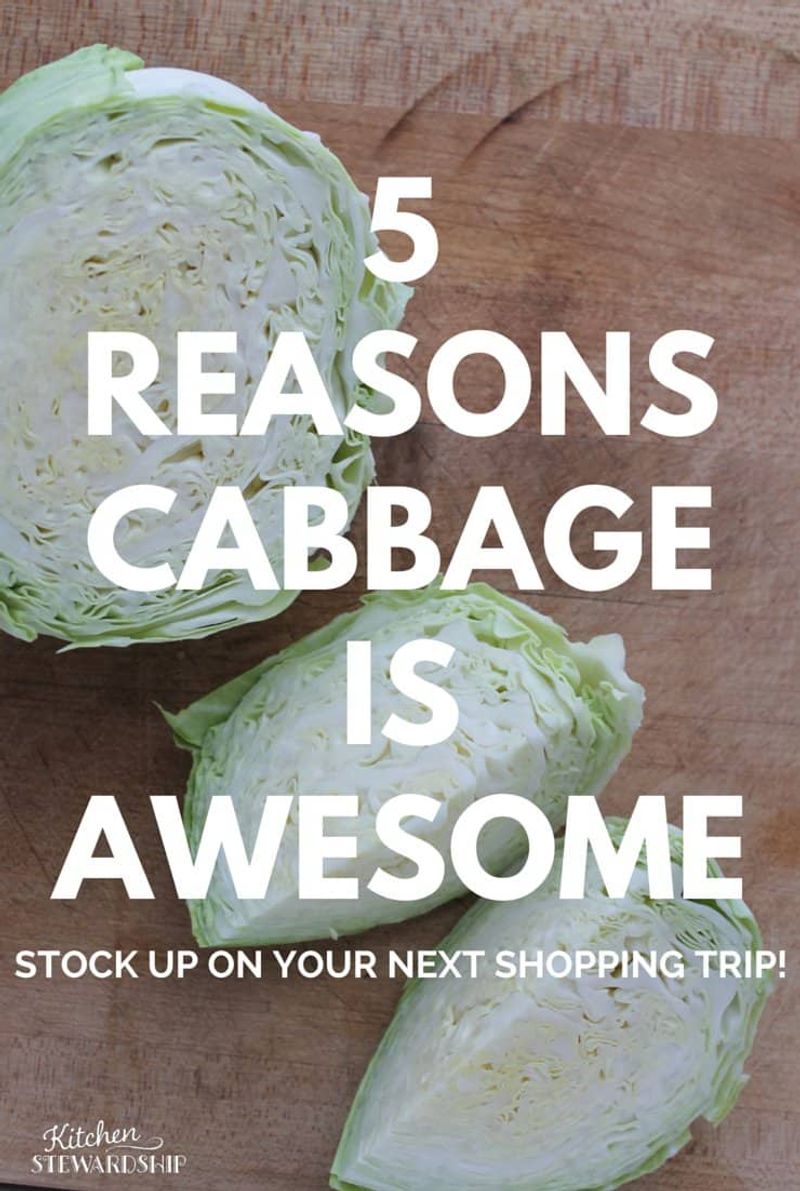
Cabbage is a budget-friendly crucifer packed with fiber, vitamin C, and beneficial phytochemicals. It’s sturdy enough for slaws and sautés, yet tender when braised.
Slice thinly for quick cooking and satisfying crunch. Pair with citrus or vinegar to balance its earthy sweetness. Red cabbage adds striking color and extra antioxidants to dishes.
It keeps remarkably well in the fridge, making it perfect for meal planning. From tacos to soups, cabbage adapts across cuisines. Its versatility and shelf life make it a reliable vegetable for boosting nutrition and texture in everyday meals.
20. Sardines

Sardines are small, oily fish loaded with omega-3s, vitamin D, and calcium—especially when eaten with the soft bones. Convenient canned options make them an easy pantry staple. Serve on whole-grain toast with mustard and herbs, or toss into pasta with garlic and lemon.
Their assertive flavor pairs well with bright, acidic ingredients. Choose varieties packed in olive oil or spring water.
Sustainable and affordable, sardines help you meet seafood goals without fuss. With minimal processing and maximum nutrition, they’re a smart, flavorful choice for quick, wholesome meals anytime.
21. Beets

Beets offer earthy sweetness, vibrant color, and nutrients like folate, potassium, and nitrates supportive of blood flow. Roast to concentrate flavor and develop tender texture.
Their greens are edible, tasting similar to chard—sauté with garlic to reduce waste. Pair beets with citrus, goat cheese, and nuts for balanced salads.
Wear gloves when peeling to avoid stains. They’re delicious grated raw into slaws or blended into smoothies for a rosy hue. Beets bring visual flair and deep nutrition to kitchens aiming for both pleasure and performance.
22. Garlic
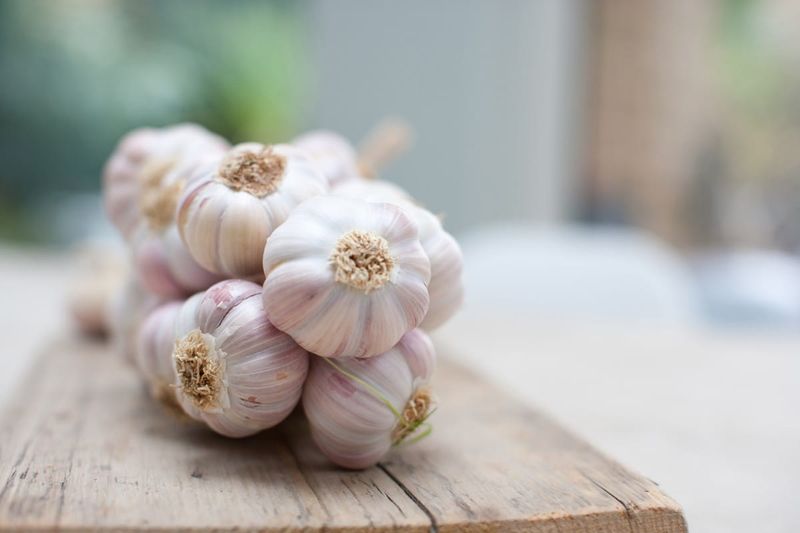
Garlic is a flavor cornerstone with potential cardiovascular and immune-supportive benefits, especially when allicin forms after chopping. Crush or mince and let it rest for 10 minutes before cooking to maximize active compounds.
It transforms sauces, sautés, and roasts with aromatic depth. Roast whole bulbs for a mellow, spreadable paste. Pair with lemon, herbs, and olive oil to elevate vegetables and proteins.
Store in a cool, dry place for longevity. Its potency means a small amount goes far, making garlic a powerful, unprocessed ally in everyday cooking.





